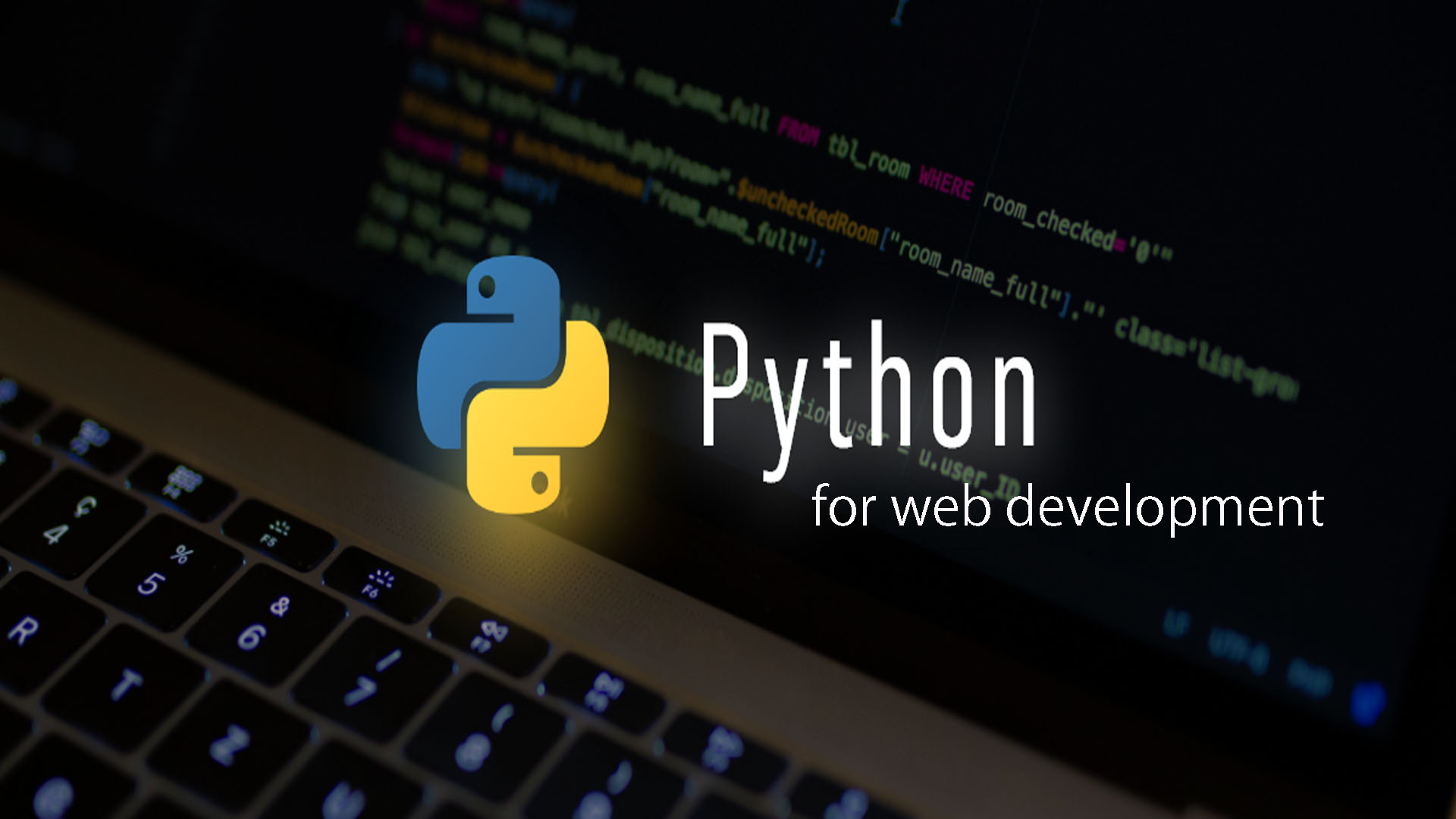Python Web Development Demystified: Unveiling Flask and Django for Building Powerful Applications
 Sanjeet Singh
Sanjeet Singh
Introduction: Within the dynamic realm of web development, Python has emerged as a potent language for constructing robust and scalable web applications. Notably, Flask and Django stand out among various frameworks, earning popularity among developers due to their simplicity, flexibility, and scalability. This all-encompassing guide aims to delve into the intricacies of web application development with Python, focusing on Flask and Django, and elucidate how these frameworks can be harnessed to create formidable applications. For those embarking on a Python course, a solid grasp of these frameworks is crucial for navigating the vast landscape of web development.
WHAT IS FLASK?
Lightweight and Microframework: Flask earns the moniker of a "microframework" by providing the essentials for web development without imposing stringent restrictions or pre-defined patterns.
Developers can exercise flexibility in choosing and integrating components, catering to a wide range of applications.
Minimalistic and Easy to Learn: Flask adopts a minimalistic approach, facilitating ease of comprehension and use, especially for beginners.
Its simplicity accelerates the development process, enabling developers to construct applications with concise and efficient code.
Extensibility: Designed with extensibility in mind, Flask allows developers to augment features as needed.
Certain components, such as an ORM for database operations, are not included by default, but integration with other-party libraries seamlessly extends its capabilities.
Jinja2 Templating: Flask employs the Jinja2 templating engine for rendering dynamic content within HTML templates.
This segregation of application logic and presentation enhances code readability and maintainability.
Best Suited For: Small to medium-sized projects Projects prioritizing flexibility and minimalism Developers favoring a hands-on and modular approach to web application development WHAT IS DJANGO?
High-Level and Full-Stack Framework: Django emerges as a high-level, full-stack web framework, boasting built-in features such as an ORM (Object-Relational Mapping), an admin interface, and a robust templating system.
Adhering to the "batteries included" philosophy, Django provides an array of tools and functionalities out of the box.
Opinionated and Convention Over Configuration: Django adopts an opinionated stance, following a set of conventions that developers are expected to adhere to.
Embracing the "don't repeat yourself" (DRY) philosophy minimizes redundancy and encourages code reuse.
Admin Interface: Django incorporates a powerful and customizable admin interface, automating numerous administrative tasks for efficient backend management.
Django ORM: Equipped with its own Object-Relational Mapping (ORM) system, Django facilitates database interactions through Python code rather than raw SQL queries.
Best Suited For: Large and complex projects Projects benefitting from rapid development and convention-based structure Developers seeking an integrated and feature-rich framework for web application development
Chapter 1: Getting Started with Python Web Development
1.1 Overview of Python in Web Development
Explore how Python, with its syntax, readability, and extensive libraries, emerges as a preferred choice for web development. Understand its versatility in crafting dynamic web applications on both the server and client sides.
1.2 Introduction to Flask and Django
Delve into an overview of Flask and Django, understanding their strengths, weaknesses, and ideal use cases. Make informed decisions on which framework aligns with your project needs.
Chapter 2: Deep Dive into Flask 2.1 Setting up a Flask Project
Navigate through the process of setting up a Flask project, comprehending the directory structure, and understanding essential files. Learn to create virtual environments and install necessary dependencies.
2.2 Creating Routes and Views
Grasp the importance of routes and views in Flask development. Learn how to define them effectively, allowing the creation of dynamic content for your web application.
2.3 Templates and Static Files
Understand how Flask supports Jinja2 templates for rendering dynamic content and managing static files. Enhance user experience through effective template usage.
2.4 Database Integration with Flask
Dive into the fundamental aspect of web applications—database integration. Explore the seamless integration of databases with Flask, covering popular choices like SQLite, MySQL, and PostgreSQL.
2.5 Flask and SEO Best Practices
Optimize your Flask web application for search engines. Explore Flask-specific SEO best practices, including URL structuring, meta tags, and sitemaps.
Chapter 3: Mastering Django 3.1 Setting up a Django Project
Navigate the "batteries included" philosophy of Django, understanding its robust set of tools. Learn to set up a Django project, exploring its project structure and configuration.
3.2 Django Models and ORM
Simplify database interactions with Django's Object-Relational Mapping (ORM). Cover model definition, migration creation, and database operations using Django's ORM.
3.3 Views and Templates in Django
Similar to Flask, Django utilizes views and templates to handle user requests. Explore the Django way of creating views and rendering dynamic content using templates.
3.4 Django Forms and Authentication
Delve into user input and authentication, critical aspects of web applications. Understand Django forms for handling user input and explore built-in authentication mechanisms.
3.5 Django and SEO Best Practices
Prioritize the visibility of your web application with Django-specific SEO practices. Cover aspects like URL patterns, canonical URLs, and content optimization for search engines.
Chapter 4: Deploying Your Python Web Application 4.1 Choosing a Hosting Provider
Select a suitable hosting provider for your Python web application, considering factors such as scalability, performance, and cost.
4.2 Deploying Flask Applications
Explore considerations for deploying a Flask application, including WSGI servers and web servers. Receive step-by-step instructions for deploying your Flask application to a production environment.
4.3 Deploying Django Applications
Navigate the intricacies of Django deployment, considering factors like database configuration and efficient handling of static files. Learn to deploy Django applications for optimal performance.
Chapter 5: SEO and Keyword Optimization 5.1 Understanding SEO Fundamentals
Grasp the basics of SEO, including keyword research, on-page optimization, and backlink strategies, before delving into Python frameworks.
5.2 Integrating SEO with Flask and Django
Explore features in Flask and Django that can be leveraged for SEO. Learn how to optimize your web applications for search engines, covering meta tags, URL structures, and responsive design.
Chapter 6: Join a Python Course 6.1 Choosing the Right Python Course
For those in Jaipur seeking Python web development skills, gain insights into selecting the right course. Explore essential topics, including curriculum, hands-on projects, and mentorship opportunities.
6.2 Real-world Projects and Portfolio Building
Discover the importance of building real-world projects to apply Python web development skills. Understand how joining a Python course in Faridabad, Kolkata, Noida, Delhi,Mumbai or other cities in India can provide project opportunities and portfolio-building experiences.
Also Read: Building Web Applications with Python: Flask and Django Explained
Conclusion: This comprehensive guide has delved into the fundamentals of building web applications with Python using Flask and Django. Whether you're a beginner initiating your journey into web development or an experienced developer aiming to enhance your skills, a solid understanding of these frameworks is essential. Considering a Python course? This guide lays a strong foundation for your learning journey.
Subscribe to my newsletter
Read articles from Sanjeet Singh directly inside your inbox. Subscribe to the newsletter, and don't miss out.
Written by

Sanjeet Singh
Sanjeet Singh
I am Sanjeet Singh, an IT professional with experience in the IT sector. I have a broad understanding of Data Analytics and proficiency across multiple layers of software development and testing, from the front end to the back end.